Smart Library Operation Solution,Cykeo RFID Library Management System
375Cykeo RFID Library Management System Enhancing Management Efficiency
MoreAll RFID Product
As digital transformation accelerates, the integration of RFID (Radio Frequency Identification) and IoT (Internet of Things) has become key driver of intelligent upgrades across industries. For international clients focused on cutting-edge technologies, understanding “RFID IoT” not only aligns with current trends but also opens new business opportunities. This article offers comprehensive overview of how RFID and IoT work together, their benefits, applications, and practical implementation tips.
RFID enables contactless information identification and transmission using radio waves. IoT connects physical objects, enabling real-time data collection, transmission, and analysis. When combined, RFID serves as vital sensing layer within IoT systems, providing fast and accurate item identification.
A complete RFID IoT system typically includes RFID tags, readers, network transmission layer, and cloud platform. RFID tags store unique IDs and are attached to objects. Readers read and write data to these tags. The network layer (Wi-Fi, 4G/5G, etc.) transfers the data to the cloud platform, where it is processed and visualized for user management.
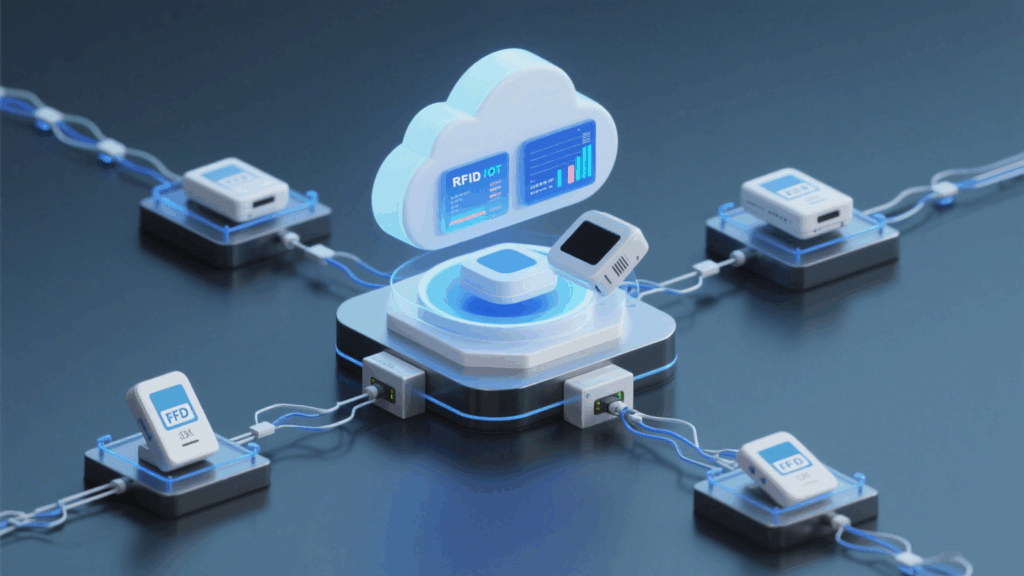
When RFID-tagged item enters the reader’s range, the reader sends out radio waves to activate the tag. The tag responds by transmitting its stored data. The reader collects this data and transmits it via Wi-Fi, 4G, or 5G to a cloud platform. The cloud processes and analyzes the information using big data and AI algorithms—tracking item location, detecting changes in status, and sending insights back to user terminals for remote monitoring and intelligent management.
Example: In smart warehousing, RFID tags on goods are scanned by readers, and real-time stock updates are uploaded to the cloud. Managers can monitor inventory via phone or computer.
Efficient Data Collection: RFID allows contactless and batch scanning, significantly boosting data collection efficiency and reducing manual work.
Accurate, Real-Time Monitoring: Tracks item status and location across their lifecycle, enabling more precise management.
Smarter Decision Making: Cloud platforms analyze massive datasets to support predictive maintenance and inventory optimization.
Broad Compatibility: Easily integrates with existing ERP, CRM, and other enterprise systems, lowering digital transformation costs.
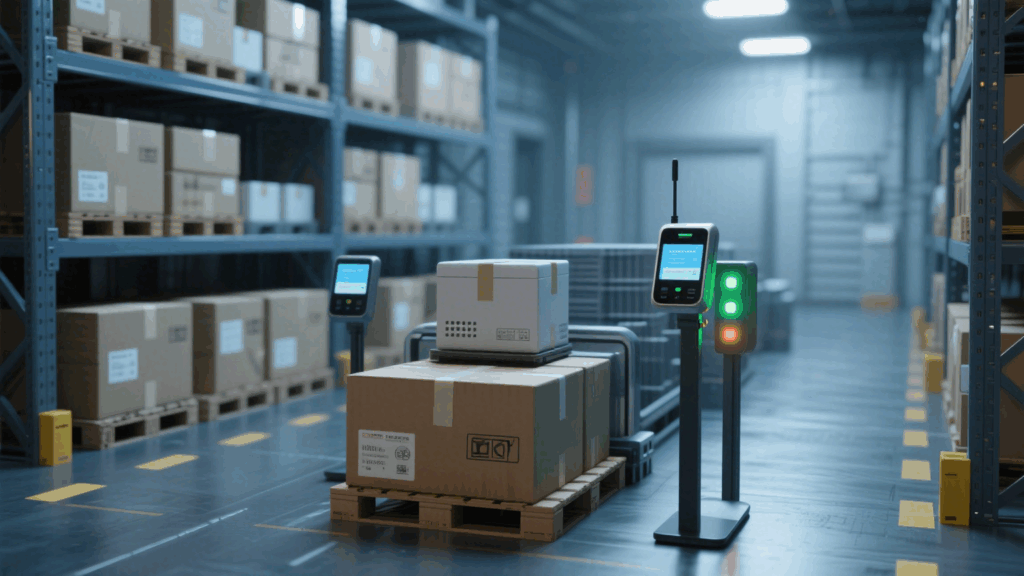
Smart Logistics
Attach RFID tags to goods and combine with GPS to enable full-route tracking. In warehouses, RFID IoT automates inventory checks and sorting, boosting efficiency and reducing errors.
Smart Retail
RFID-tagged products work with in-store IoT systems to support self-checkout and real-time inventory monitoring. Data analytics helps optimize product placement and marketing strategies.
Industrial Manufacturing
RFID IoT tracks raw materials, components, and finished goods on the production line, bringing transparency to manufacturing processes and supporting smart factory upgrades.
Healthcare
Patients wear RFID wristbands, allowing IoT systems to monitor vital signs and medication schedules in real time. Medical devices can also be tracked and maintained efficiently.

Implementation Steps
Needs Assessment: Define business goals and identify the system’s target applications and features.
System Design: Select appropriate RFID hardware, network solutions, and cloud services based on the application.
Deployment: Install RFID tags and readers, and establish network connections.
Testing & Optimization: Fine-tune system stability and performance in data collection and transmission.
Operation & Training: Train staff to use the system effectively and gather feedback for continuous improvement.
Reliable Performance: Choose RFID equipment with long-range, fast recognition and strong anti-interference capability.
Good Compatibility: Ensure smooth integration with your current IT infrastructure.
Data Security: Make sure the system complies with global data protection standards such as GDPR or ISO 27001.
Strong Support: Work with vendors who provide installation, training, and responsive technical service.
The integration of RFID and IoT is reshaping operations across industries. Embracing this technology trend gives businesses a strategic edge—whether enhancing internal capabilities or delivering advanced solutions to customers. For RFID IoT projects or technical inquiries, feel free to contact us.
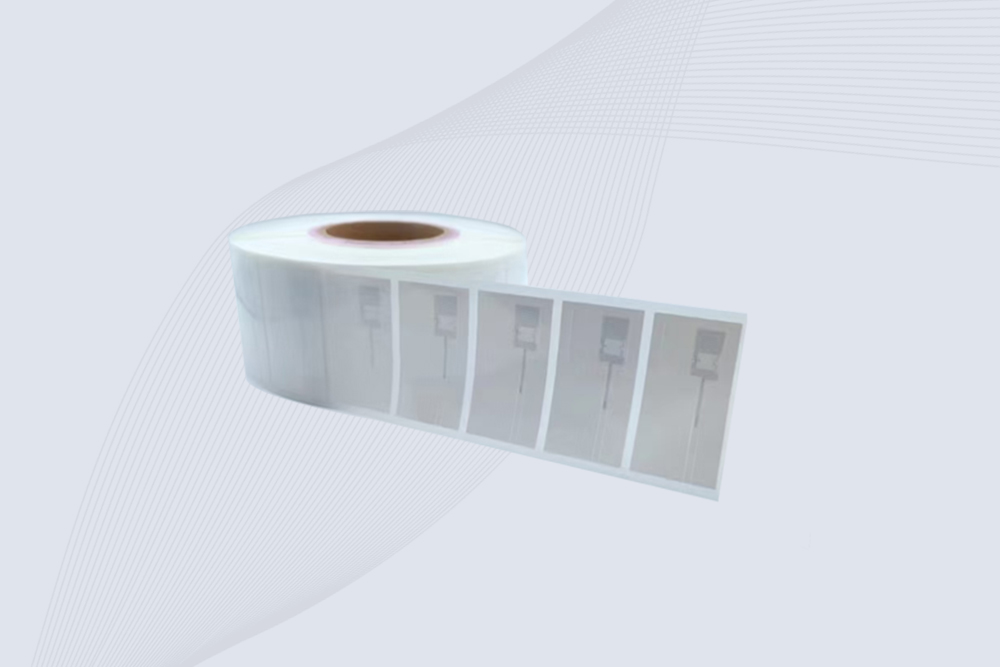
Cykeo CK-BQ6826 Jewelry uhf rfid tag features NXP UCODE 9, 8m read range on metal, and anti-counterfeit security for luxury assets.
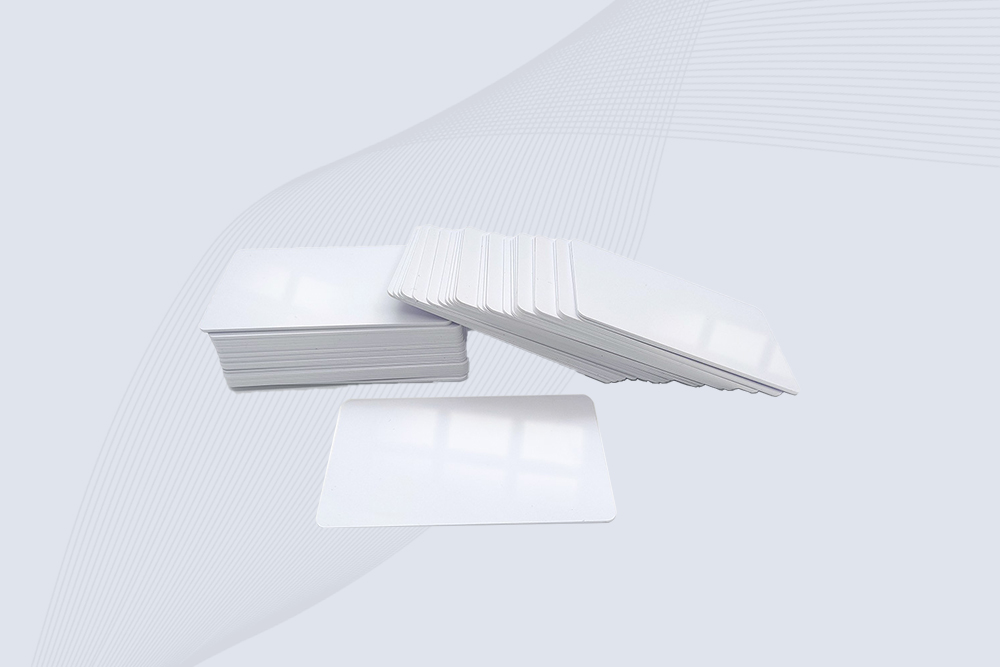
Cykeo CK-BQ8554HF HF rfid cards feature FM1108 chip, 100K write cycles, and customizable printing for access control systems.
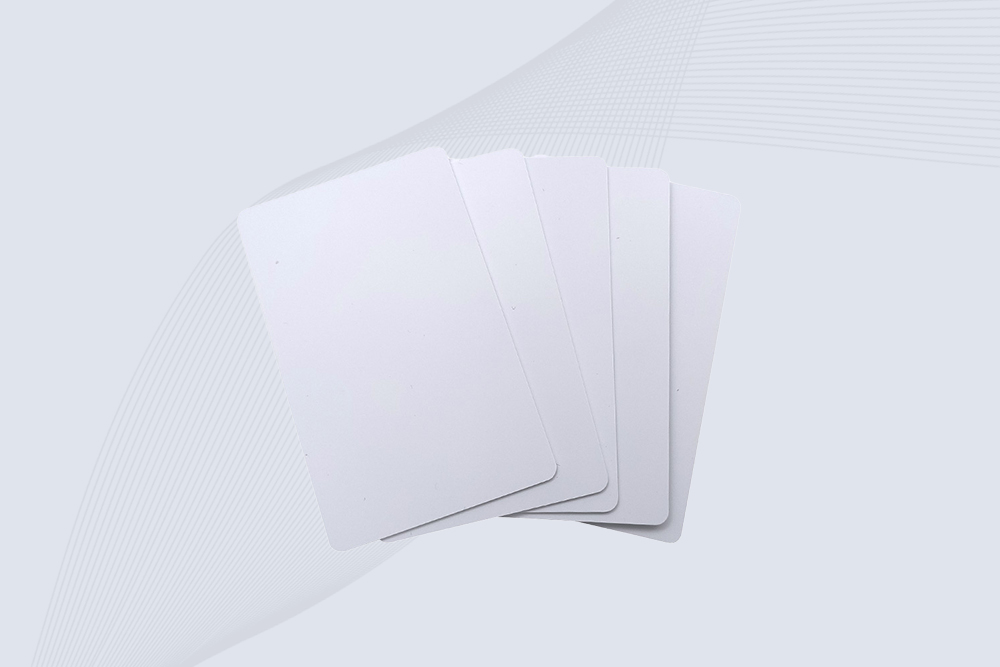
Cykeo CK-BQ8554UHF uhf rfid card features U9 chip, 100K write cycles, and CR80 size for access control/inventory management.
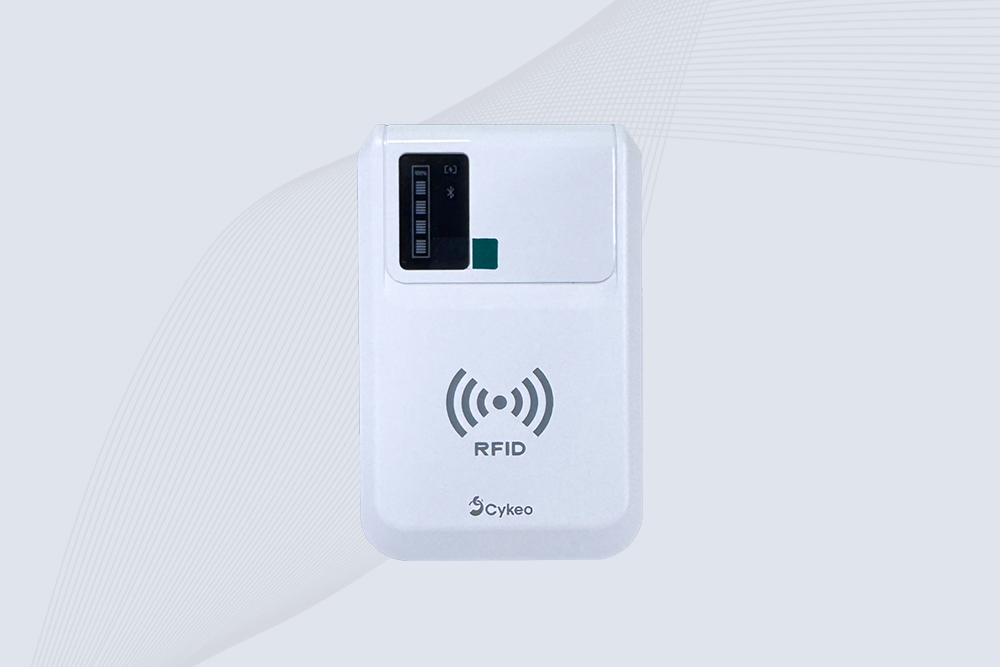
Cykeo CK-B5L portable RFID reader iPhone offers Bluetooth 5.0 connectivity, 500 tags/sec scanning, and IP54 ruggedness for retail/warehouse/medical asset tracking.
Cykeo RFID Library Management System Enhancing Management Efficiency
MoreExploring the applications of RFID technology in libraries, from improving borrowing efficiency and optimizing inventory management to enhancing security, and understanding how it makes libraries smarter and more user-friendly.
MoreDiscover why USB-powered RFID readers are ideal for flexible asset tracking. Learn about plug-and-play setup, cost efficiency, and multi-location applications.
MoreDiscover which is more expensive, RFID or barcode. We break down costs, use cases, and long-term savings for inventory management. Make informed decisions for your business.
More